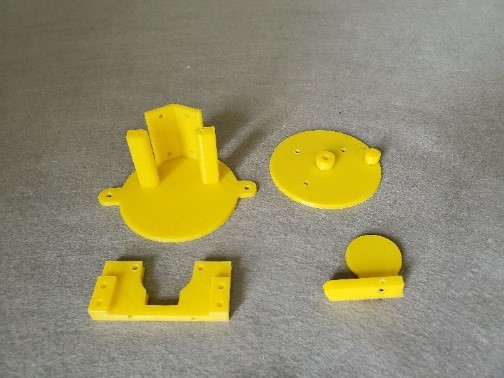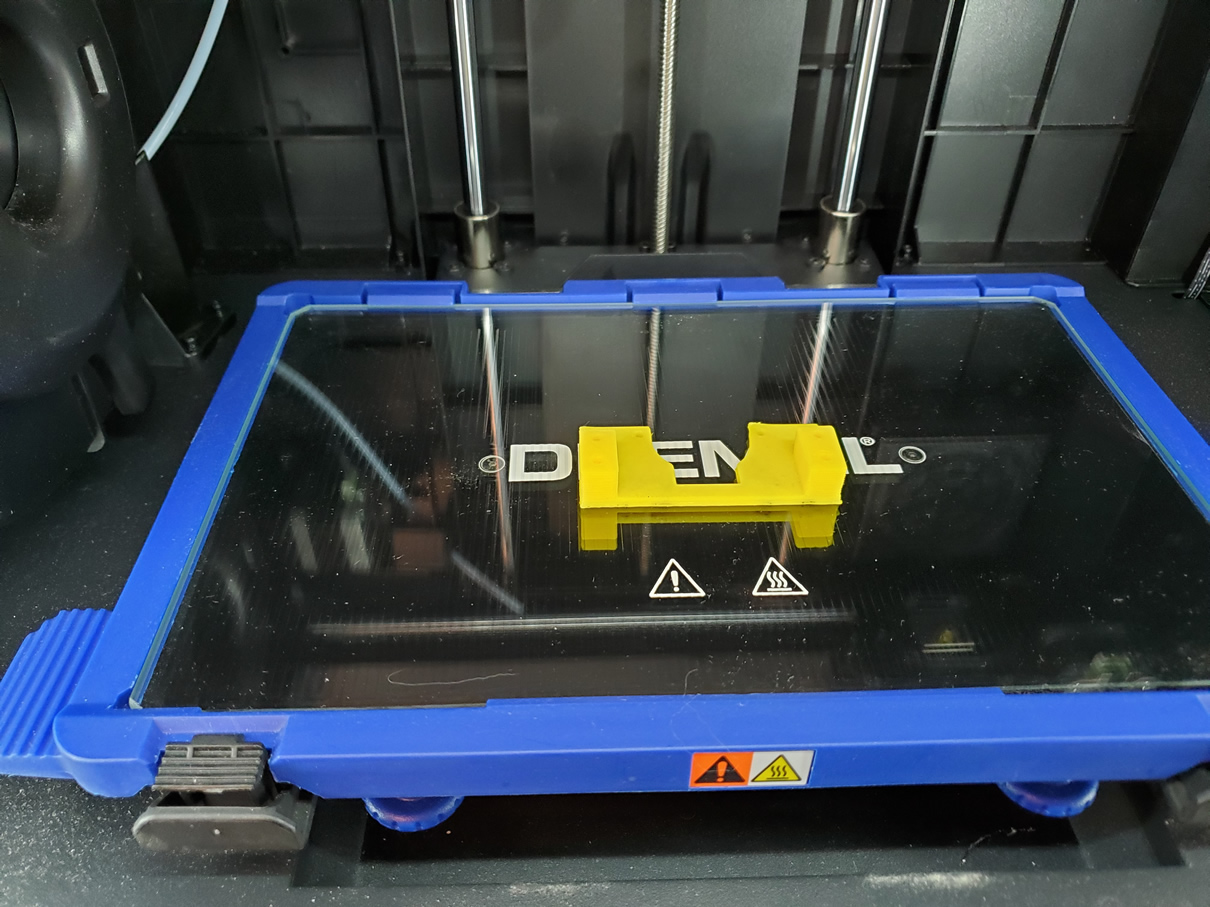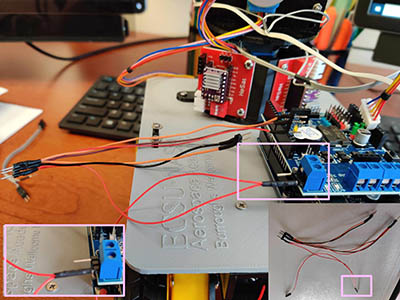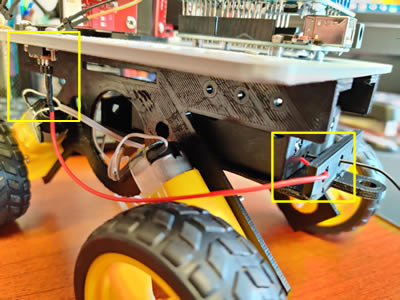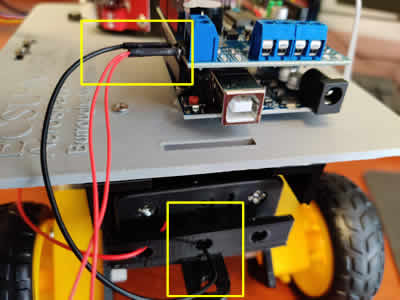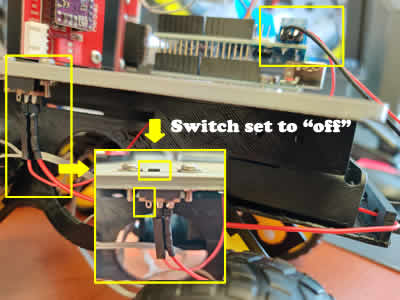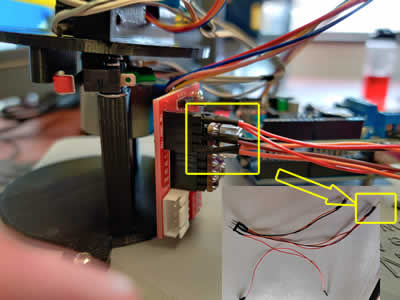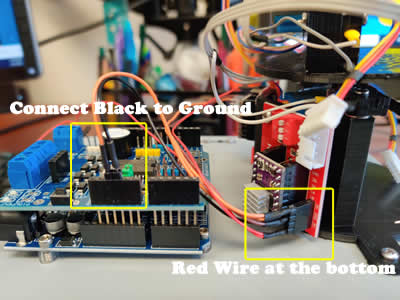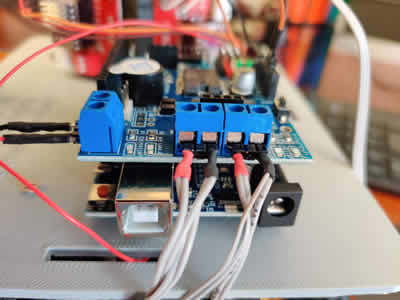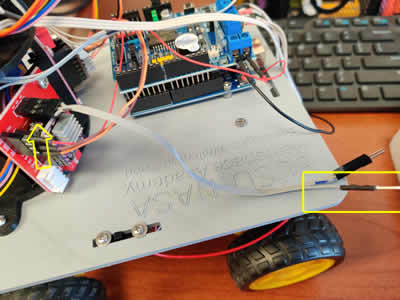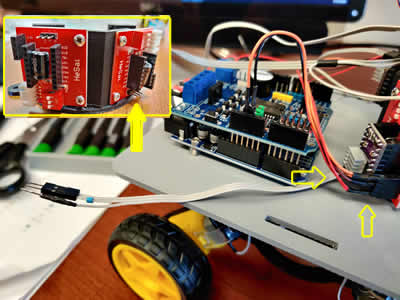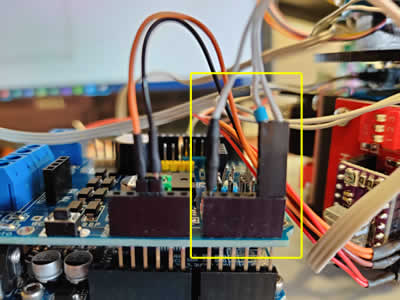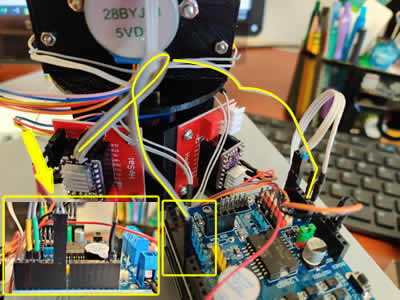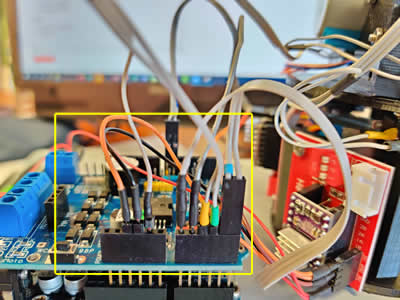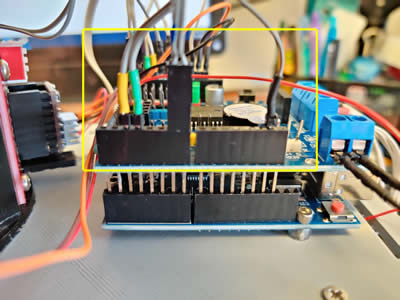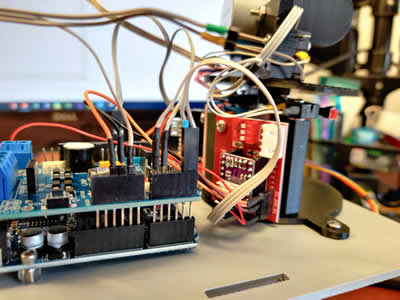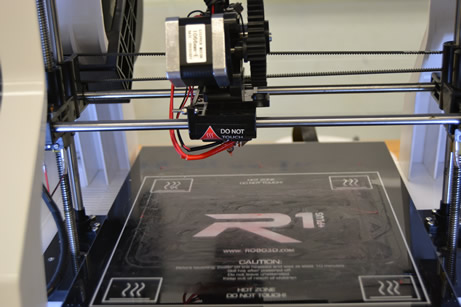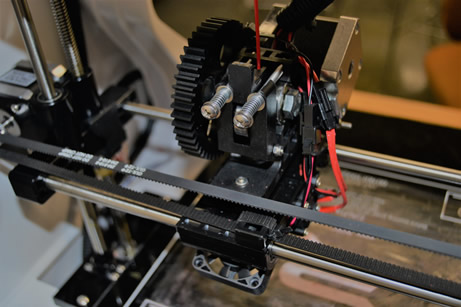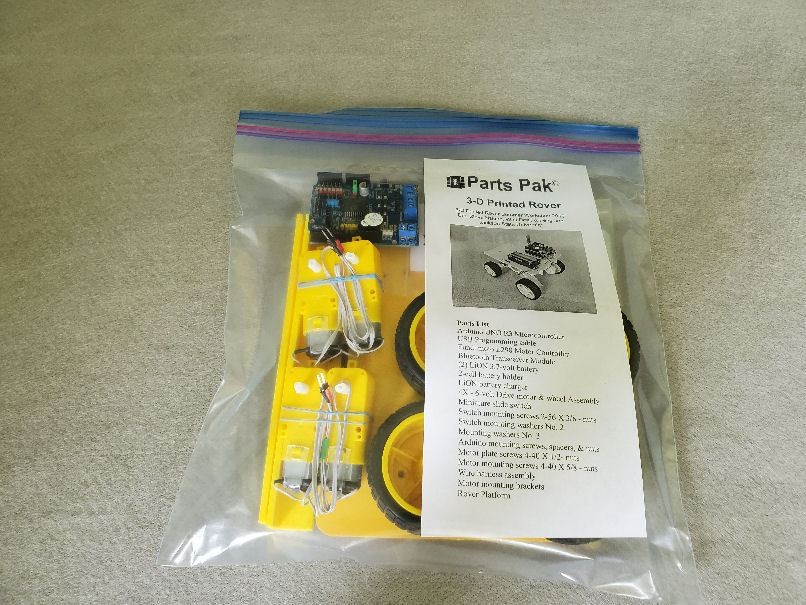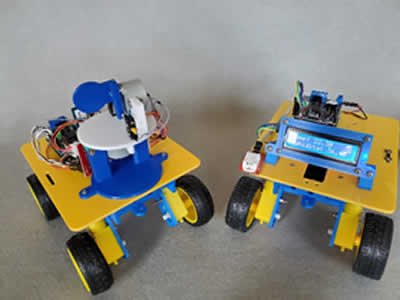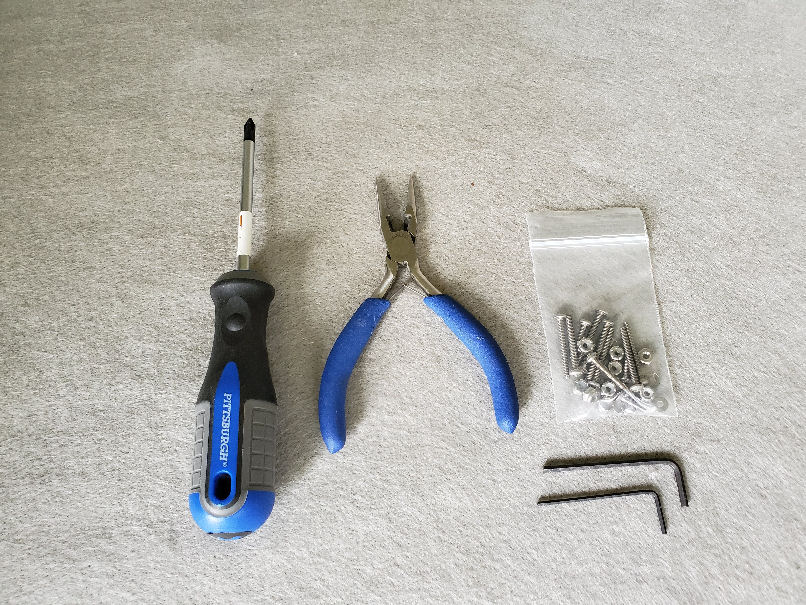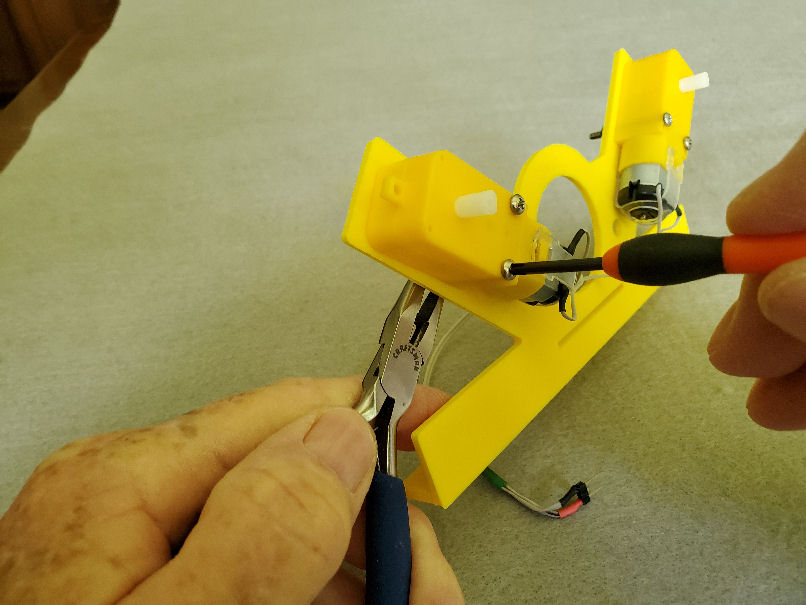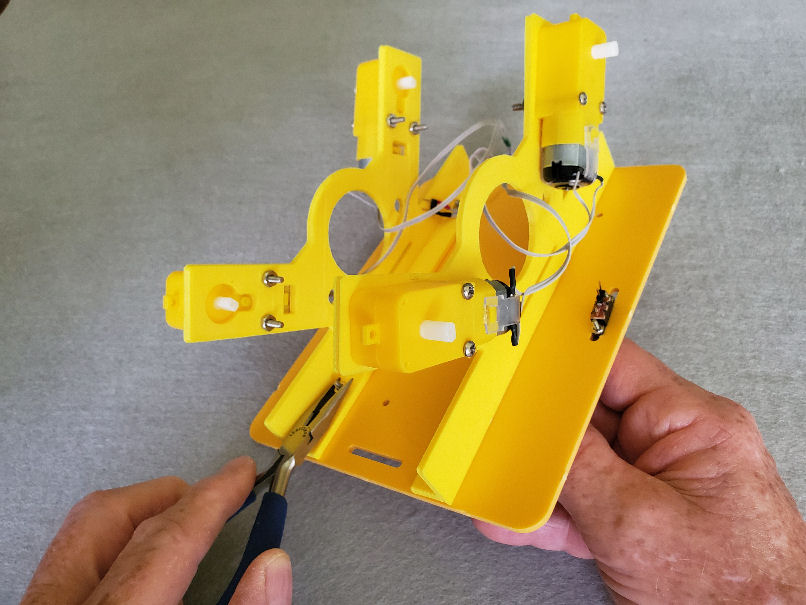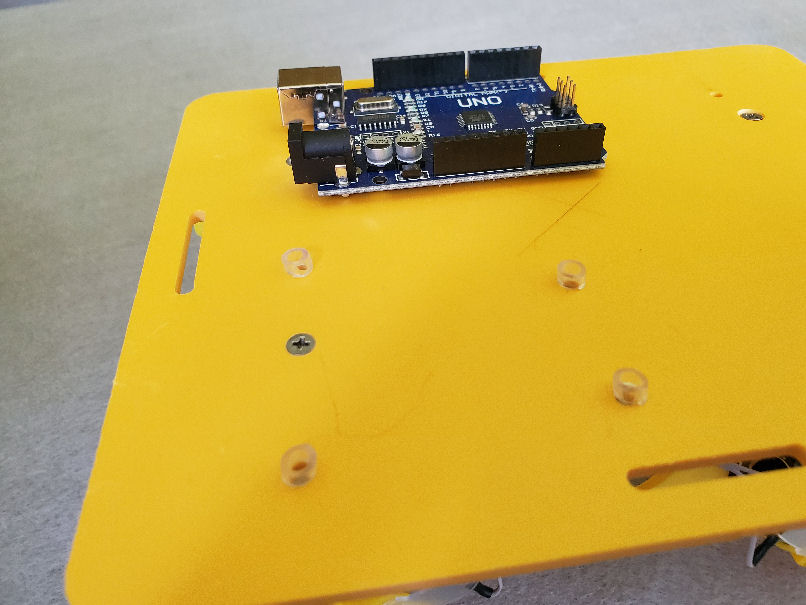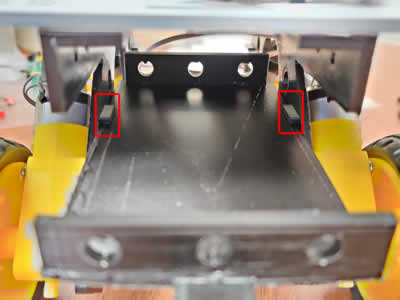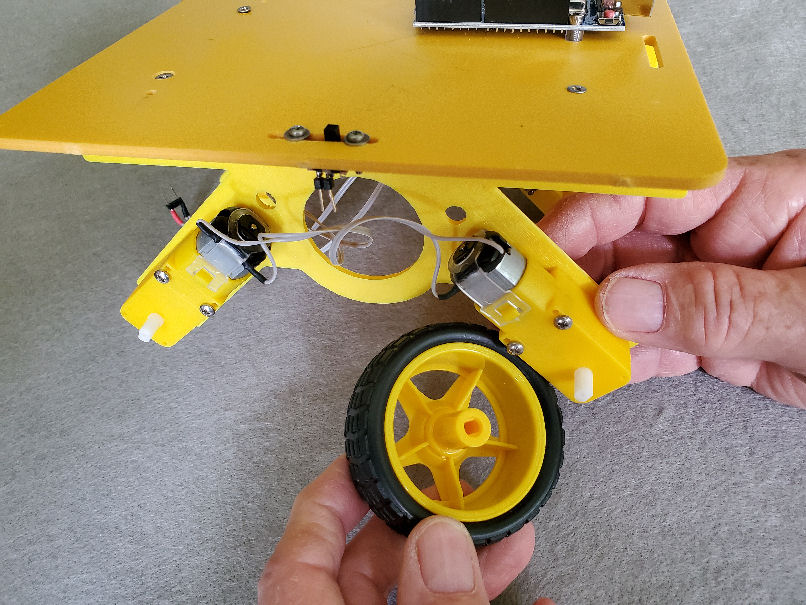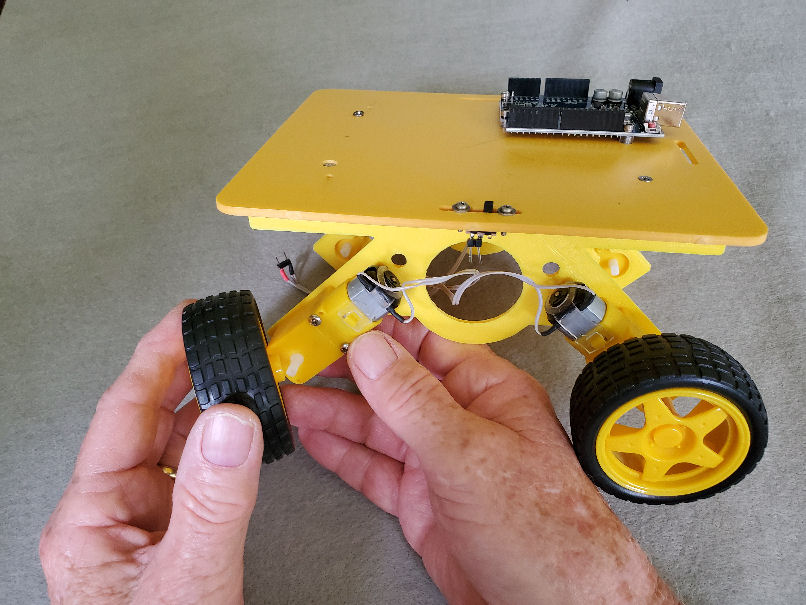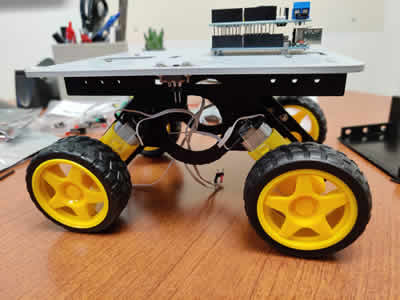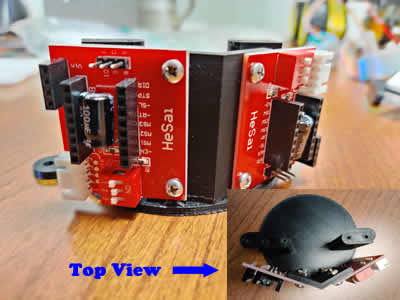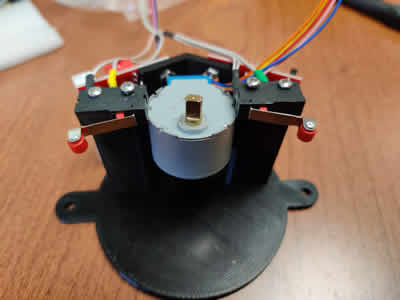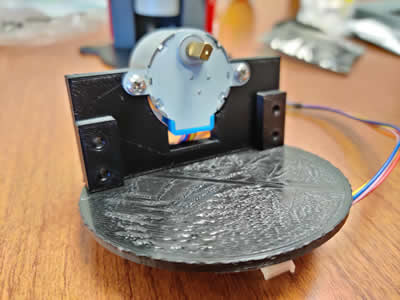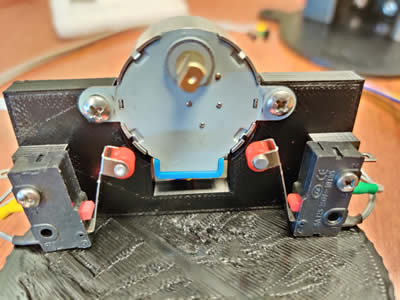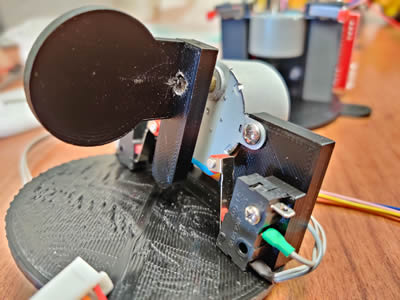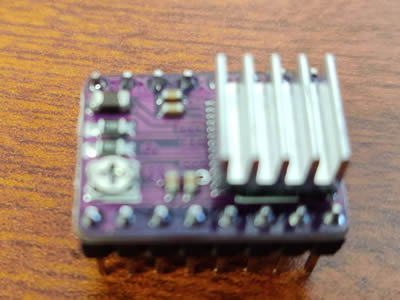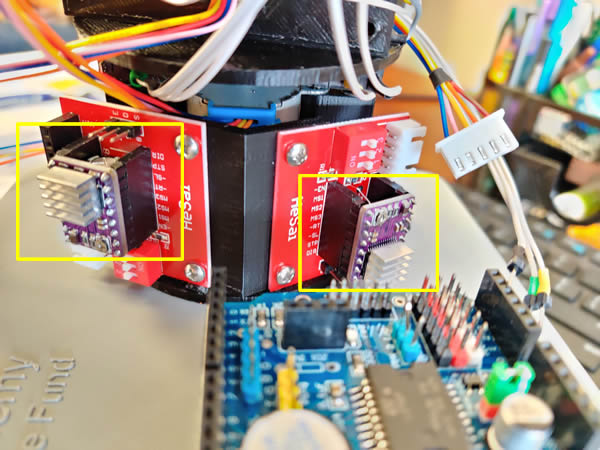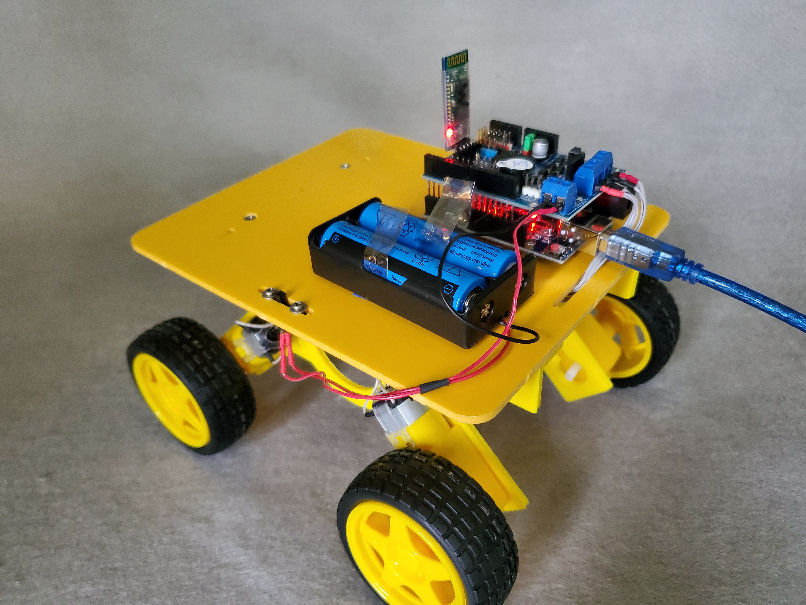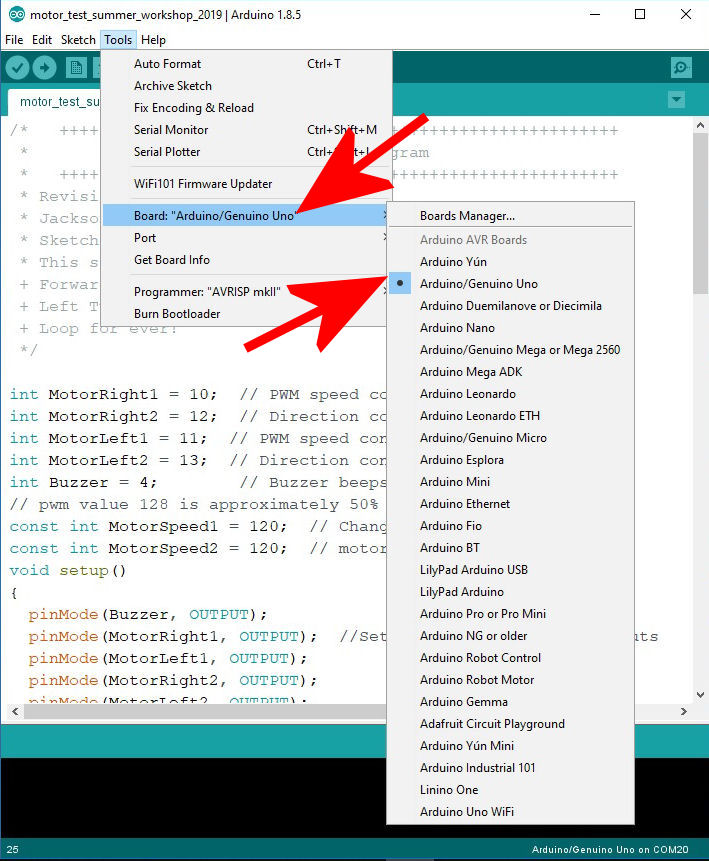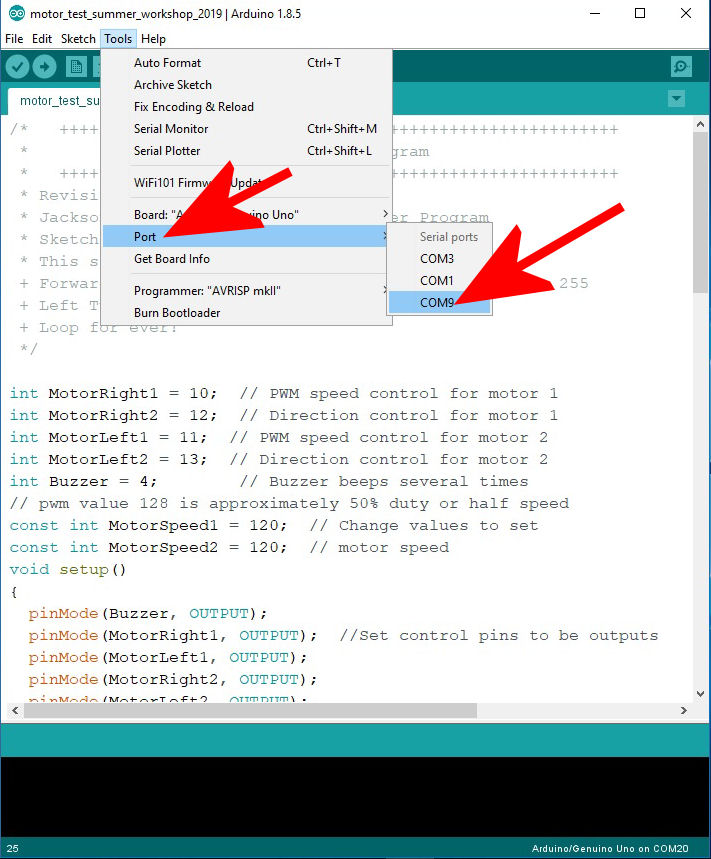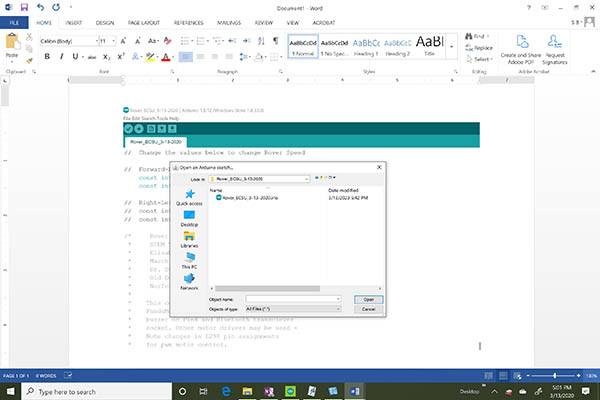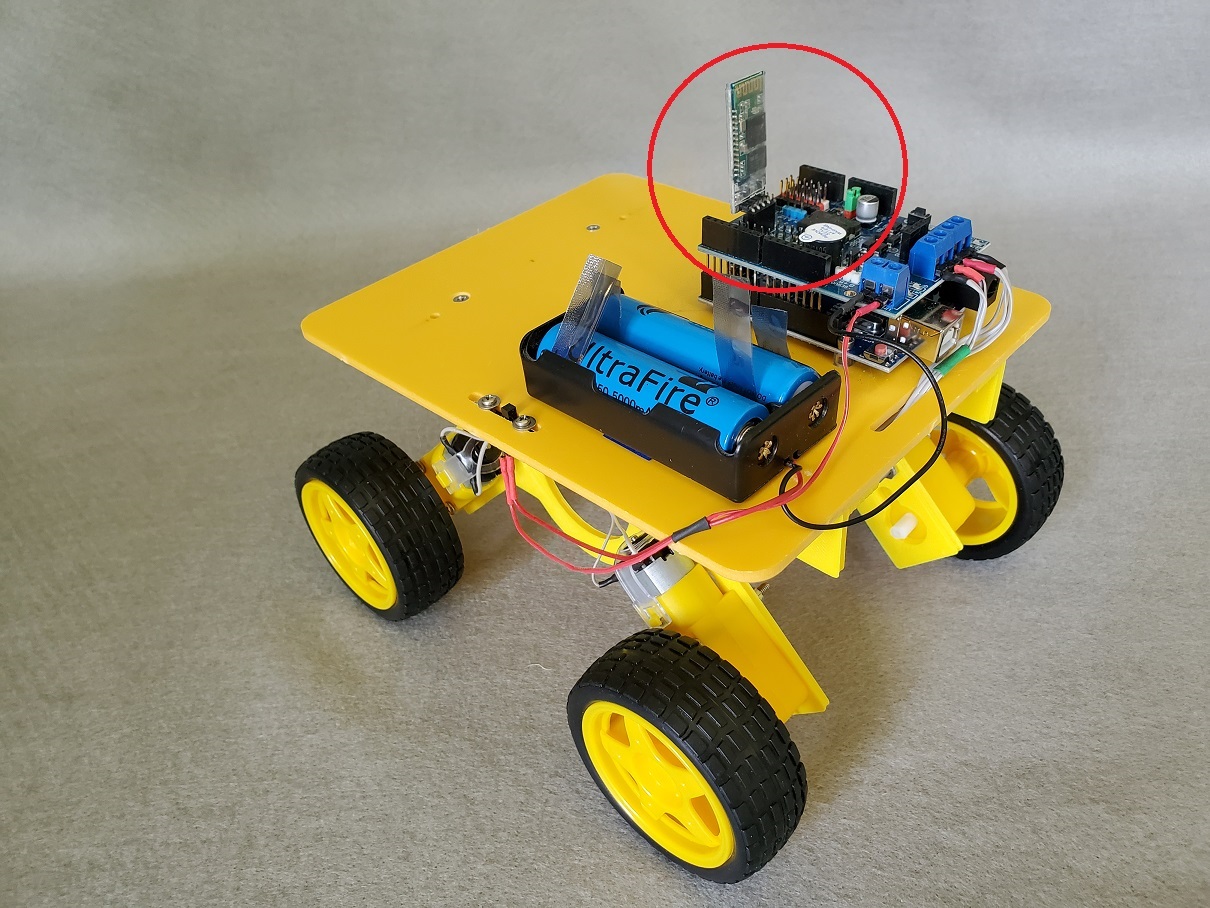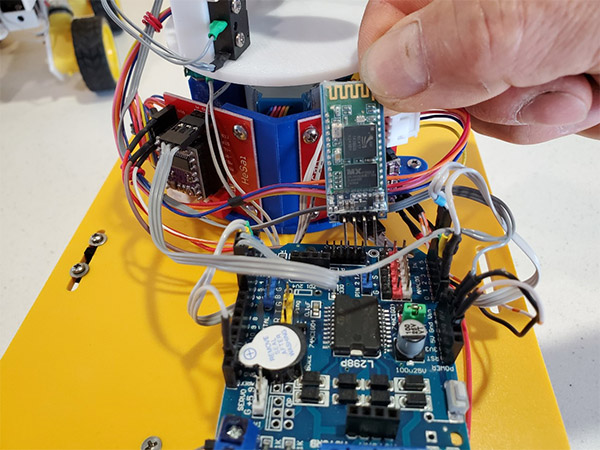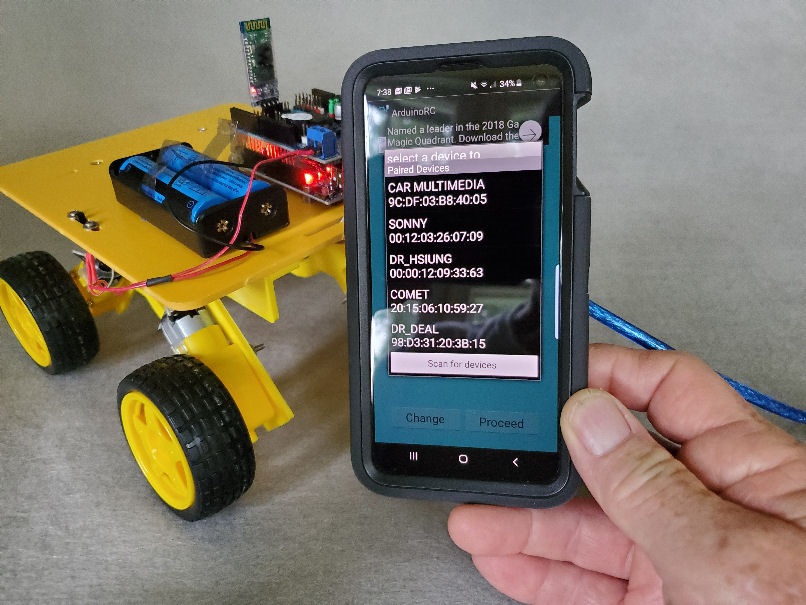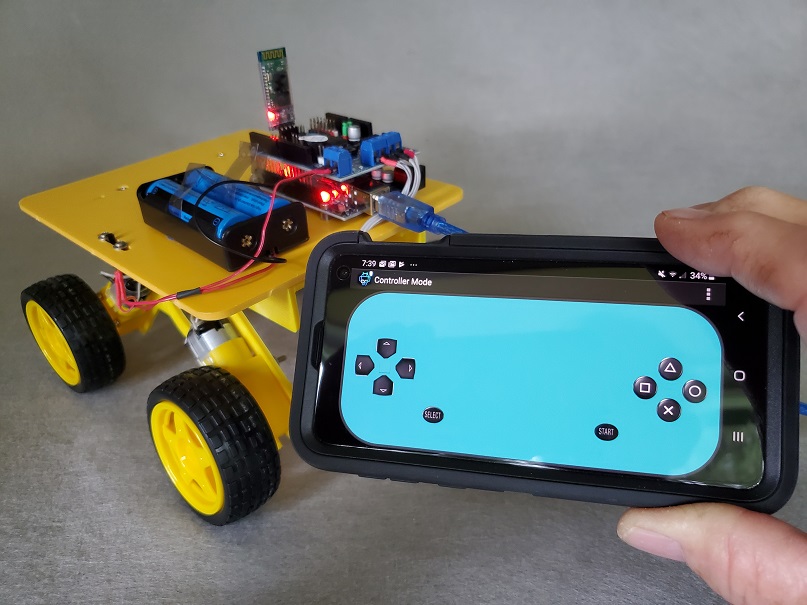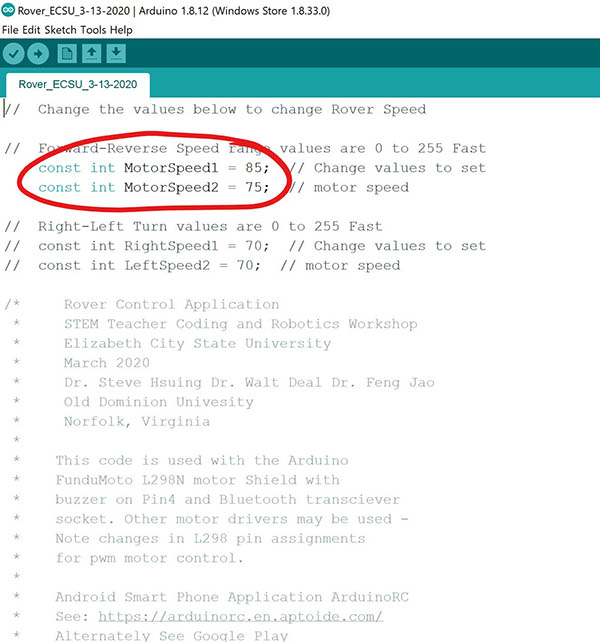Outreach Project
NASA Aerospace Academy - Rover Workshop at Elizabeth City State University (ECSU)
Project PI: Dr. Kuldeep Rawat(ECSU)
Workshop Conductor: Dr. Walter Deal, Emeriti Associate Professor(ODU)
Workshop Conductor: Dr. Steve Hsiung, Professor(ODU)
Workshop Conductor: Dr. Feng Jao, Associate Professor(ONU)
Mechatronics is a specialty field of engineering and technology that integrates mechanical, electrical, and human factors design functions in programming and controlling the operation of a product used in an industrial system or consumer product. It is an evolutionary stage in the progression of engineering design to produce the products and systems used in modern societies. Examples of these systems include the operation and control of today’s “smart” automobiles, appliances and entertainment products. additionally, we see automated braking systems that sense cars and objects in their driving path and self-driving cars.
The Rover Workshop will provide hands-on experiences in assembling and programming a mobile robot to encourage interest and awareness in STEM-related studies for the 9th -12th grade teachers that are participating in this workshop offered through the NASA Aerospace Academy site at ECSU. The objective of the Rover Workshop is to participate in activities that can provide student awareness, interest, and motivation in STEM-related courses and careers. The teachers will experience activities in constructing, assembling, and programming a 3D printed remotely controlled Rover Robot with vision guidance capabilities.
The participants will test, evaluate, and compete in a culminating Rover activity using their remotely guided video camera-equipped Rovers to locate and identify a hidden object. Additionally, science-related activities will be demonstrated using the Robot Rover that includes digital measurement of temperature and humidity, light, speed and velocity, and ultrasonic distance measurement that may be used to augment classroom activities.
Rover Control
Rover Multi Axis-Camera Control
3D Files
3D Production Files for Rover
3D Printer
Preparing the 3D Printer
3D Multi-Axis Camera
3D Files for Multi-Axis Camera
Rover Chassis
Assembling the Rover Chassis
Assemble wires
Rover Robot wiring Assembly
Arduino
Arduino Sample Programs
program Arduino
Program Arduino
Camera Setup
Install APP and setup Camera
Summary
The programming of the Arduino UNO is the standard procedure typical in programming the Arduino boards and other microcontrollers using and integrated development system (IDE). It is important to note that the Arduino uses serial port for communication between a computer and the Arduino UNO board for a programming connection. This process also uses the power from of the USB port of the computer to power the Arduino. When the Arduino is connected to a USB port the battery supply to the Rover should be disconnected before programming the Arduino.
The Bluetooth module uses the same serial com port for connecting and programming the Arduino communication processes, so they cannot coexist – remove the Bluetooth module when programming! The other notes are the battery and connector polarity and com port Rx & Tx connections must be correctly followed to prevent any damage to the modules. Look at the photo example closely!
The gear motor assembly pairs are wired together as a “left drive” and “right drive.” When the Rover is signaled to move in a forward direction, both the right and left motor assemblies should turn in the same direction. If they do not, the solution is to reverse the one of the motor connectors Arduino motor driver board.
Looking Ahead
The 3D Rover Robot opens up a wide range of future experiments and activities in the engineering and STEM fields. Problem solving, mathematical and critical thinking skills are challenged through the design and development of 3D printed models and programming in a C-like programming language.
The building and programming the Rover Robot models provide insights into the kinds of skills and knowledge used in technical fields in developing prototypes using leading-edge production and electronic technologies. There is considerable interest in robot, wireless communication, autonomous technologies for industrial, military, and consumer applications. Education and study related to these fields require strong mathematical and science backgrounds. Activities such as the Rover project may stimulate interest and encouragement for young women and minorities to investigate careers in engineering and science in military and civilian areas.
